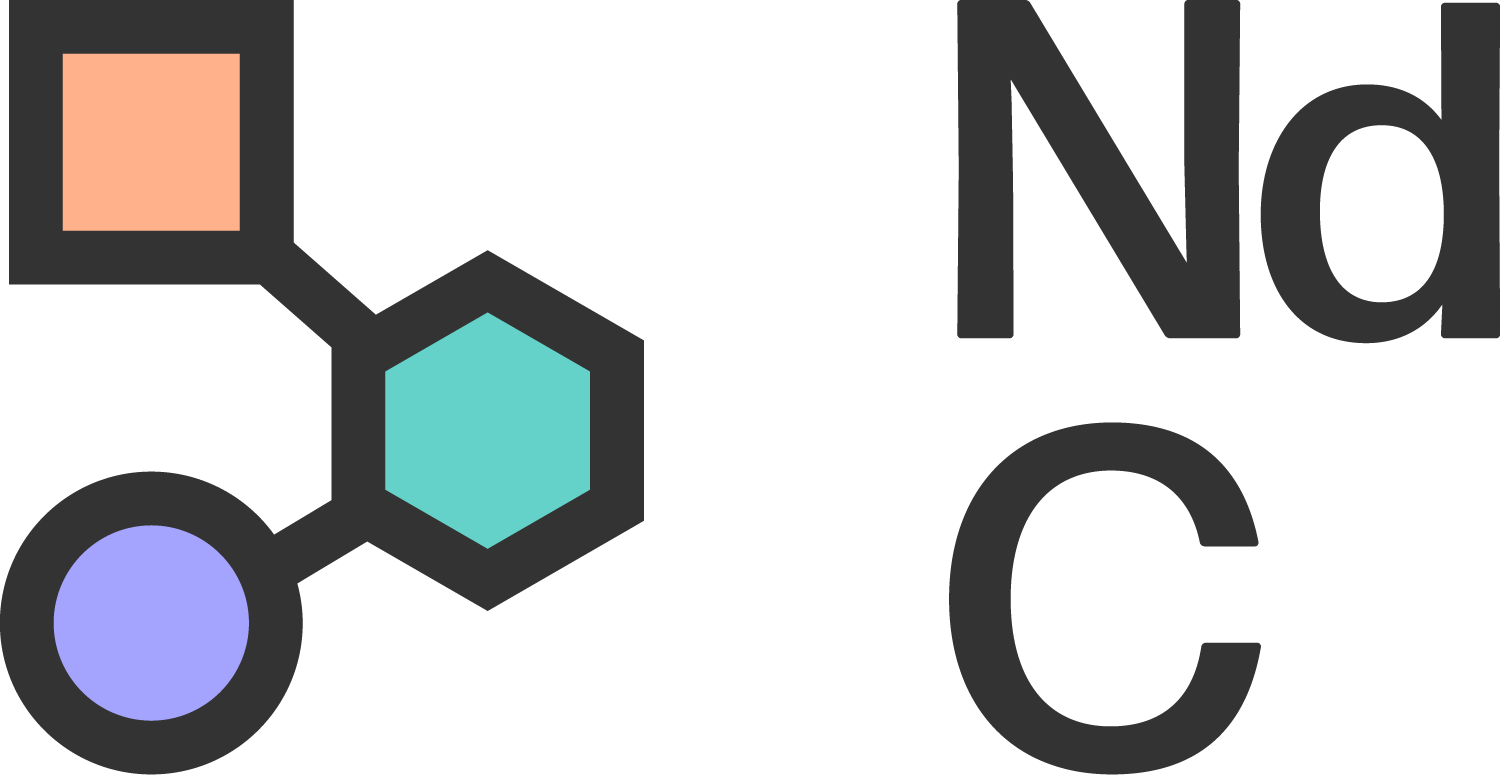Neurodivergence, Trauma and Recovery (Part 2/3) — Connecting Back to Embodiment
In this three-part series of blogs, NdC Development Lead Kay Aldred examines the complex entanglement of Neurodivergence and trauma, and the implications this has for the concept of “recovery”. In this second part, Kay explores how connecting to the body can illuminate an understanding of trauma and recovery.
In the previous blog in this series, I discussed trauma, the prevalence of trauma in Neurodivergent individuals and recovery through connecting back to nature and cyclical living. In this blog, I am going to discuss the challenges and benefits of connecting back to embodiment if you are Neurodivergent, and how that contributes to trauma recovery.
Embodiment is the experience of being fully connected to and aware of our body – sensations, emotions, feelings, movements – and staying present and grounded to them even when it becomes challenging or uncomfortable. Reconnecting to the body is essential in the journey of trauma recovery. Alexithymia (difficulties with identifying, distinguishing between, and describing emotions) and being hypo-sensory, both common in Neurodivergence, can make this more challenging. Coupled with trauma, which can disconnect individuals from their physical sensations to cope with overwhelming experiences, can result in a lack of understanding or awareness of body needs, not being able to make sense and meaning of body sensations and emotions and therefore resulting in a disconnection from self and feeling safe in our body.
It is vital for recovery that all individuals reconnect with embodiment to make sense and find meaning and belonging in being alive in the body they have. This is especially important for Neurodivergent individuals and their regulation, who have unique and often amplified sensory and emotional processing differences.
It is important to remind ourselves here that, as Nick Walker writes, the ‘mind is an embodied phenomenon’ 1 and that Neurodivergence is a difference in embodiment, because ‘if mind is an embodied phenomenon, it follows that the diversity of minds must be a diversity of embodiments. So, when I say that neurodiversity is the diversity among minds, I’m really saying that it’s the diversity among bodyminds’ 2.
My lived experience of learning embodiment practices for trauma recovery was that they were not tailored or bespoke for Neurodivergent people. The teachers and practitioners I worked with were not neurodivergent-informed (many were not trauma-informed either) and this led to further overwhelm and in some cases re-traumatisation for me. When I offer some somatic exercises and embodiment practices when delivering the Neurodivergent Wellbeing Approach training, I talk about the Neurodivergent experience and how they can be tailored and adapted according to sensory sensitivities, communication styles, and individual preferences.
Safety, pace, and consent are essential – less is more. As I learned myself when undertaking mindfulness-based therapy early in the recovery process, being told to close my eyes and go on a guided visualisation can take people very quickly back into a trauma memory, where they get stuck, alone, again, a plight which the facilitator has no idea about. I tend to demonstrate, practical self-holding techniques first and foremost, with no visualisation element at all to begin with, and when we move towards visualisation, I always offer the option of having eyes open or closed based on what feels safest. Plus, I acknowledge the prevalence of aphantasia in Neurodivergent individuals, who have no mind’s eye or ability to conjure mental images3 and ways to accommodate and adapt to this.
In the Neurodivergent Wellbeing Approach training, I focus a lot on supporting wellbeing and embodiment in creative and gentle ways. This includes bringing awareness to colours in the environment, doing body scans together in a co-regulatory way, engaging in more playful movements like standing stars, creating playlists for daily stimming, or developing a deeper and more conscious connection to stimming objects or movements. These techniques can help start the gentle release of trauma and promote ease. I also incorporate ritual and ceremonial techniques to nonverbally signal to the body that things are shifting and completing.
Want to learn more?
Our Neurodivergent Wellbeing Approach training course starts 1st October, as eight 90-minute evening sessions.
The NdWA curriculum can also be commissioned to be delivered privately.

